Mickey’s Very Merry Christmas Party
The 1990s were extremely important to Disney fans as well, as they marked then-CEO Michael Eisner’s famed Disney Decade. While it is true that Eisner’s team made some extraordinarily unpopular decisions, including shuttering such classic attractions as Mr. Toad’s Wild Ride, 20,000 Leagues Under the Sea, and Journey Into Imagination, there is no denying that expansion was the name of the game.
In 1983, Disney began running a one night only special event known as Mickey’s Very Merry Christmas Party. Though it was popular, the company was hesitant to expand its reach, feeling that special holiday parties sort of conflicted with the basic concepts and tenets on which the Disney parks were based. But the Disney Decade was all about taking risks. In 1989, Mickey’s Very Merry Christmas Party expanded to two nights. In 1990, it expanded again to three nights.
Under Eisner’s leadership, the company was beginning to see high profit margins in special events, which could convince guests to visit during traditionally slow times of year. Over the next few years, Disney added the Epcot Flower and Garden Festival, Holidays Around the World, and the Epcot Food and Wine Festival. In 1995, the company also tested the waters for another hard ticket Magic Kingdom event—Mickey’s Not So Scary Halloween Party.
With costumes encouraged, trick or treating around the park, and a special parade and fireworks show, Mickey’s Not So Scary was an instant success. It provided the perfect place for families with kids, as well as adults looking for a good time without the gore, to relax and have some fun. Ticket sales were capped, providing plenty of opportunities for guests to spread out and enjoy themselves, and to take in the rides as well as the holiday festivities.
Disney was much slower than Universal to expand the number of event nights. By the end of the 1990s, Mickey’s Not So Scary Halloween Party was only running for three nights. This would, of course, change during the new millennium.
Halloween Horror Nights during the 2000s
Halloween Horror Nights was arguably one of the biggest contributors to turning around Universal Orlando’s fortunes. In 1999, just eight years after it nearly closed altogether, Universal opened a second theme park in Orlando, Islands of Adventure. Together with CityWalk, Universal’s answer to Disney’s Pleasure Island and Downtown Orlando’s Church Street Station, Islands of Adventure made Universal Orlando a complete resort destination.
The company continued to grow and expand its annual Halloween festivities. The 2000s were the decade of the original icons, beginning with killer clown Jack Schmidt in 2000. With the tagline, “Not afraid of the dark? You don’t know Jack!” and an elaborate back story, Jack became the face of Halloween Horror Nights in a way that even the Crypt Keeper could not match. Many fans regard that year as one of the best in HHN history.
For 2001, Universal was poised to introduce a new icon, Edgar Sawyer, or Eddie. Raised on a steady diet of slasher films in his trailer park home, Eddie eventually built a homegrown haunt to introduce the neighborhood to the movie characters he so admired. But when a band of local teens burned down his haunt, trapping him inside, he emerged terribly disfigured and hopelessly lost in his obsession. Wearing a metal mask and wielding a chainsaw, Eddie was to be a bit more human and more real than Jack had been. Carrying a severed clown head, his tagline would have been, “No more clowning around!” Universal also promised more gore than ever before for the year’s event.
Of course, no one could have predicted the terrorist attacks of September 11. The event was already designed and built, scheduled to open less than four weeks later. Marketing was already ramping up. And Universal couldn’t have had a worse icon character for the time. Massive changes took effect immediately, including bringing Jack back and demoting Eddie to his mostly harmless kid brother. Universal also called a moratorium on blood, replacing it with green ooze, and swapped out haunted house and scare zone names to remove direct references to gore and violence.
In 2002, Halloween Horror Nights moved to Islands of Adventure for the first time, opening up new possibilities for heavily themed scares. But for the second year in a row, Universal had to scrap a planned icon character at the last minute. Cindy Bearer, also known as SINdy, was the disturbed daughter of a couple who ran a funeral home, sold human remains, and held ghoulish dinner parties with skeletons. The home was burned to the ground by an angry mob. Caught in the blaze, Cindy became something twisted and no longer human. However, that year there was a rash of kidnappings in the Orlando area. Cindy became a minor character, the daughter of Caretaker Albert Caine, who replaced her as that year’s icon.
The rest of the 2000s passed relatively uneventfully for Halloween Horror Nights. The 2003 event brought the Director, specializing in snuff films. For 2004, the event was held partially in both parks and featured an unprecedented seven haunted houses. In 2005, HHN moved back to Islands of Adventure under the creepy auspices of the Storyteller, and also featured the Terra Queen, who ruled over the Storyteller’s imaginary world. Universal celebrated HHN’s Sweet Sixteen in a big way, moving the event back to Universal Studios Florida and re-imagining some of the previous years’ most beloved haunted houses.
Jack was back in 2007, ruling the event along with Freddy, Jason, and Leatherface—whose appearance marked the beginning of a heavy reliance on licensed properties. For 2008, Universal produced arguably the most extensive and interactive back story of all—slowly revealing the year’s content through the website of Dr. Mary Agana, a psychiatrist gone mad who became that year’s icon, Bloody Mary. The year was also notable as the beginning of Legendary Truth: The Collective, a game within the event that puts diehard fans into an alternate reality of in-park myths and mayhem. In 2009, a heavy emphasis on licensing was brought together by the appearance of Julian Browning, the Usher. In 2010, Twenty Years of Fear reunited all of the decade’s icons, including Eddie and Cindy, and revealed that the new icon, Fear, was responsible for all of the happenings of the previous 19 years.
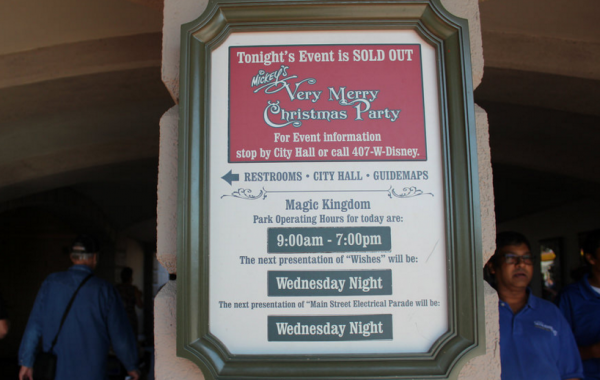
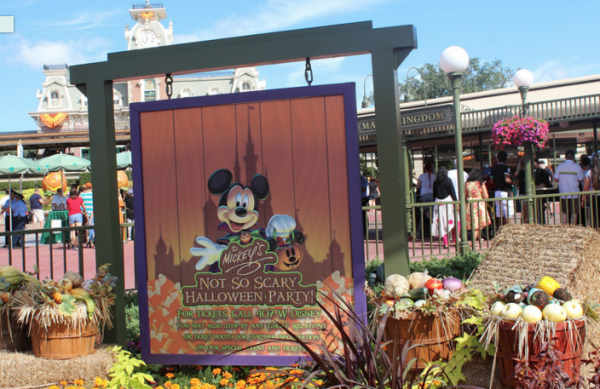
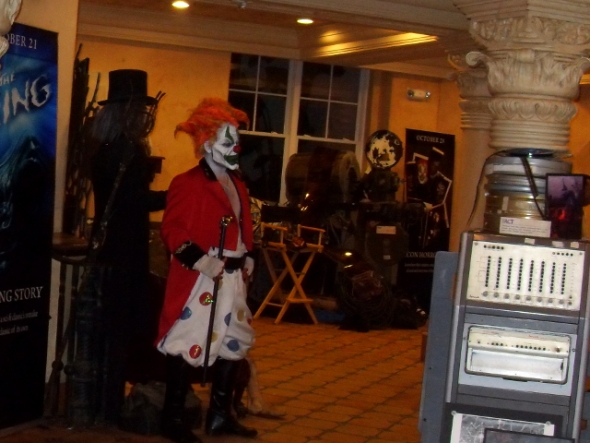
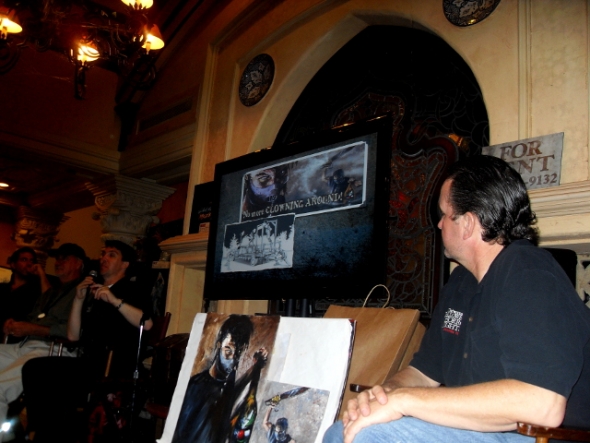
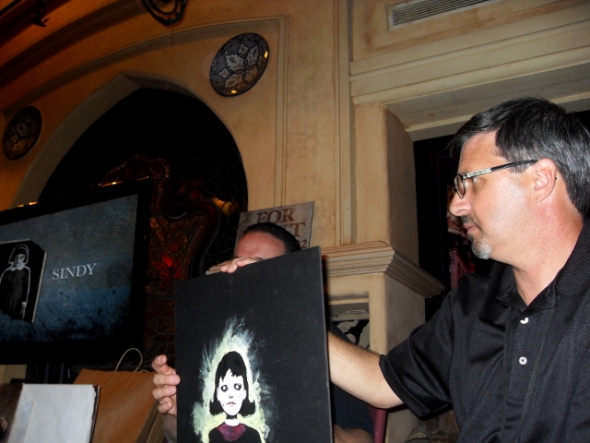
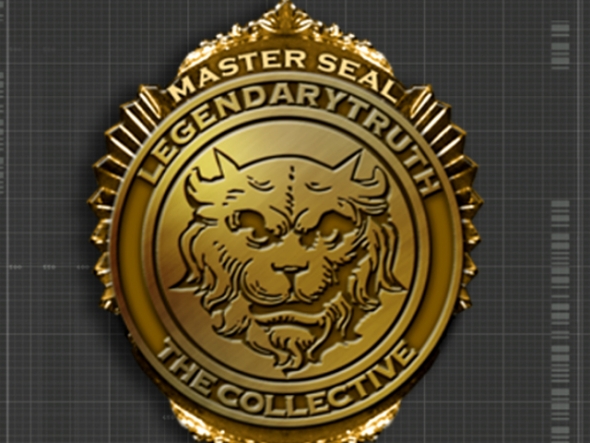
Add new comment